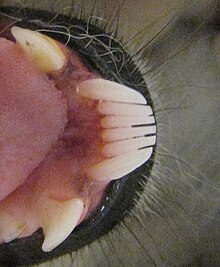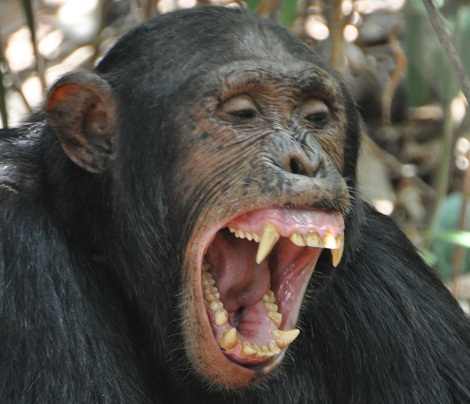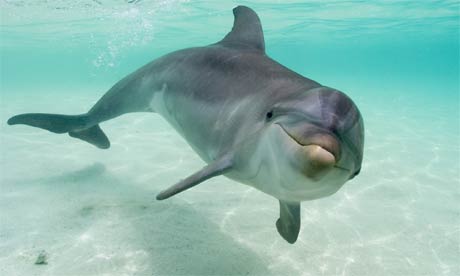Part 1:
- This weekend while attempting the language experiment I had some very interesting outcomes. First and foremost this was not as easy as I had anticipated. I asked my two best friends to gather with me during one of our routine weekend hangouts and try having a conversation with me for 15 minutes, the only obstacle was that I wasn't allowed to use any form of symbolic language such as speaking, writing, or ASL. The task seemed easy enough but only a few minutes in and I could already tell it was going to be difficult. Because I am such a vocal person, it was a challenge to try and communicate using only miming motions. My friend Christine was the first to try and communicate with me and attempted several times to interpret my body posture and facial features but all she did was laugh which didn't help include me in the conversation. After not making much advances my friend Kimberlei gave it a try and started playing charades with me. This worked a little better but our conversation had to be kept rather basic. Kimberlei definitely had to alter the way she usually communicates with me because she had to simplify everything she did in order for me to be able to respond to it. For example, she introduced the topic of going out to eat and which restaurant we should go to. Trying to respond, I had to mime myself eating sushi which is not as easy as it sounds. Although the conversation was frustrating at times, it definitely gave more insight on how important language really is.
- Had it been two different cultures meeting for the first time, the results would have some positives and negatives. While being able to use your voice would prove to be more positive, it could also be negative. Having a voice would help with getting your point across, and express yourself, so this would be the culture with an advantage. While not having a voice leaves you with only your body and hand movements which could be even more confusing, this would be the disadvantaged culture. The culture that has the advantage of having a voice in this situation, might have a frustrated attitude, because after failed communication with the non-voice disadvantaged culture. An example of a disadvantaged individual in our culture would be someone who is deaf. People who are deaf use forms of ASL to communicate with others and because of this can only communicate with others who are familiar with this language. This also affects those who do speak with ASL because ASL is translated in broken English and this can alter how they read and speak regular English.
Part 2:
- This part of the experiment was even harder than the first. A few minutes into this part I found myself trying to talk with my hands like I had done before so I had to start over. It was really hard for me not to mime what I wanted to say especially because I naturally speak with my hands to emphasize my points. Without using hand signals, vocal intonation, head, facial, or body movements, my entire conversation felt very stiff as all I did was try and focus on not breaking any of these rules. While I could actually use my voice this time, communicating like normal still seemed to be difficult because I could only use my words. Neither of my friends seemed to be affected during this conversation I think because I was talking, and could communicate easier this time around. Being an animated talker I feel that using hand movements in language is important because it helps emphasize what you're trying to say, and helps animate what you're trying to say. Hand signals such as a thumbs up, peace sign, or a wave are all language techniques that help us communicate. While communication could still be done without hand language, it still adds emotion and feeling into what we have to say.
- Yes there are people who can't read body language. Autistic people are prevented from distinguishing people's feelings because they have visual processing problems. Because of this they have difficulty with social interactions, such as communicating with others as we do. The benefits of having the ability to read someone's body language would be to interpret how they are feeling based on how their body is, for example someone sad would have a low hanging head or maybe their face in their hands. Having this ability would make it easier to communicate with said person, such as speaking in a comforting tone. An example of an environment where you might benefit to not reading body language or showing body language might be an amusement parks haunted maze. You would not want to show body language of being scared because the scare actors are trained to scare you even more so if you do. (Speaking from personal experience here.)










